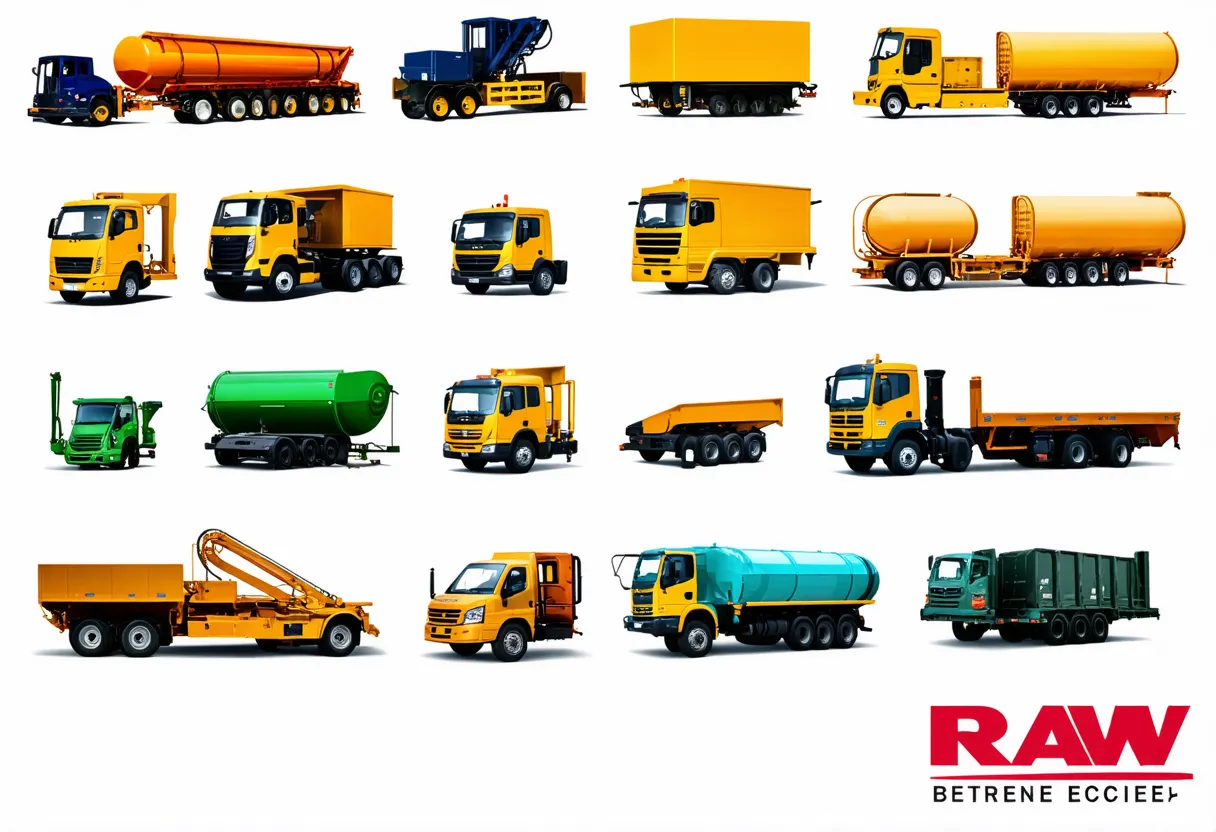Peru, with a population of 34,049,588, is ranked 43rd in the world, just behind Angola. Located in South America, it covers a total area of 1,285,220 square kilometers, ranking 19th globally, just behind Mongolia.
Peru’s economic position in 2022 is notable, with a GDP of $242,631,573,320.79, ranking 50th globally. It follows New Zealand, which has a GDP of $248,101,705,541.399. In terms of GDP per capita, Peru ranks 89th with $7,125.82993.
It is surpassed by Equatorial Guinea, which has a GDP per capita of $7,182.26538. Peru’s economy shows stability and growth potential, positioning it as a key player in the global market.
What are the economic activities of Peru?
- Primary activities: 7.6% of GDP.
- Secondary activities: 32.7% of GDP.
- Tertiary activities: 59.9% of GDP.

Primary Sector of Peru
The primary sector in Peru, particularly its agricultural activities, thrives due to its diverse climate and abundant natural resources. With approximately 19.93% of the country’s land dedicated to agriculture, Peru produces a variety of crops and animal products. Some of the main agricultural products include sugarcane, potatoes, rice, bananas, milk, chicken, maize, oil palm fruit, cassava, and grapes.
Despite agriculture contributing 7.6% to the GDP, its significance lies in the variety and importance of these products to the country’s economy. The top ten agricultural products based on tonnage highlight the country’s agricultural richness and the sector’s essential role in sustaining livelihoods and promoting economic growth.
With a diverse geological landscape, the primary sector thrives with abundant natural resources like copper, silver, gold, and petroleum. These resources fuel the economy, alongside timber, fish, iron ore, coal, phosphate, potash, hydropower, natural gas.
Peru’s oil production of around 38,391 barrels per day contributes significantly to its economy, ranking 37th globally. With reserves of 682,681,000 barrels, the country holds 0.06% of the world’s oil reserves.
Peru’s natural gas production in 2020 reached 12,620 million m³, ranking 37th in the world. This significant output contributes to the country’s gas economic activity, supporting its diverse primary sector and overall economy.
Secondary Sector of Peru
What is the secondary sector or what are secondary activities?
The secondary sector includes industries that transform raw materials from primary activities into finished products for consumption. In Peru, major industrial products include minerals refining, steel, metal fabrication, petroleum extraction, natural gas liquefaction, fish processing, cement, textiles, food processing, machinery, and chemicals.
In 2023, Peru’s manufactures exports accounted for only 9.87% of its total exports, indicating their relatively low significance in the country’s export economy.
Tertiary sector of Peru
What is the tertiary sector or what are tertiary activities?
The tertiary sector in Peru encompasses services that enhance productivity and meet needs through knowledge and time. Key activities include restaurants, healthcare, education, banking, communication, tourism, and transportation. These services provide intangible goods like expertise, advice, and attention, benefiting both consumers and businesses in the country.
Among these, Peru’s tourism sector is vital for its economy, contributing significantly to GDP and employment. With 5,275,000 annual arrivals, representing 15.49% of the population, popular destinations like Machu Picchu and Cusco attract visitors worldwide, showcasing Peru’s rich cultural heritage and driving economic growth.
Another example of tertiary economic activity is the mobile cellular sector, with approximately 41 million subscriptions, equating to 122 per 100 inhabitants. This extensive connectivity fosters technological growth, enabling innovation and digital services.
Military Activities and Economic Sectors of Peru
The military is a strong example of many economic activities. In the primary sector, resources are extracted for military use, like metals for weapons. The secondary sector includes the manufacturing of military equipment, such as vehicles and weapons. The military also provides services in the tertiary sector, offering support and protection. Research and development in the quaternary sector helps improve military technology, while high-level decision-making in the quinary sector shapes military strategy.
In Peru, the military expenditure in 2023 is $3,000.8 million, which is 1.15% of the country’s GDP. The active military force has 81,000 personnel, resulting in about 11 active military members for every 1,000 people in the population.
International Trade of Peru
Import Activities of Peru

Peru’s import activities are crucial, accounting for 29.09% of its GDP in 2023, totaling $7.05 billion. This highlights the significant role imports play in the country’s economy.
Peru’s import activities are diverse, with key partners like China and the US. The country imports refined petroleum, crude petroleum, cars, broadcasting equipment, and trucks mainly from China (27%), the US (24%), Brazil (6%), Argentina (4%), and Chile (3%).
Exports Activities of Peru

Peru’s total exports in 2023 amounted to $71,134,061,311.47, accounting for 29.32% of its GDP. This signifies a medium level of importance, highlighting the country’s significant reliance on export activities for economic growth and stability.
Peru’s export activities focus on commodities such as copper ore, gold, natural gas, refined copper, and refined petroleum. The country’s main export partners are China (30%), the US (15%), Japan (5%), Canada (5%), and South Korea (4%).
Peru economy challenges in 2024
Peru, an upper middle-income South American economy, faces challenges in 2024. Despite rebounding from political instability and COVID-19, it struggles with income inequality and being the second-largest cocaine producer. The country’s diversified exports and improving current account balance offer hope for the future.




Leave a Reply